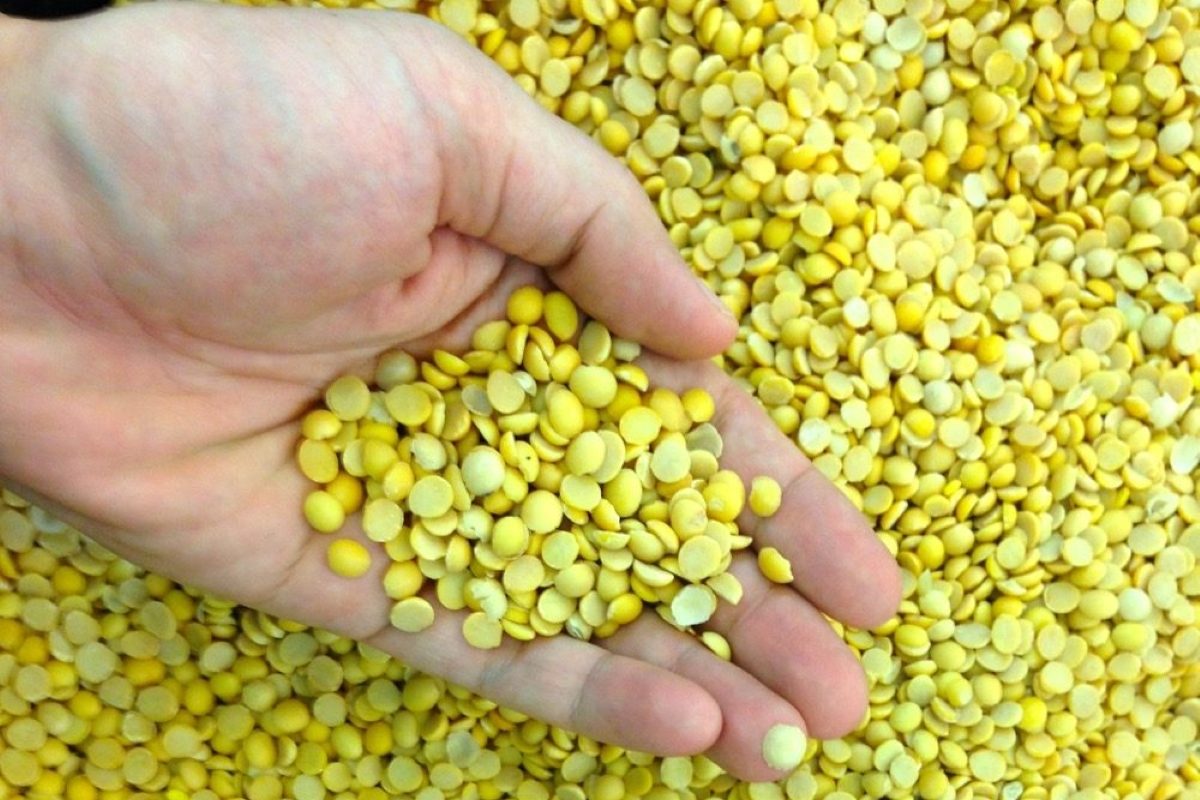(Resource News International) — Feed barley values in the key Lethbridge region of Alberta have moved lower over the past few weeks, but are now stabilizing as farmer selling backs away.
Jim Beusekom, a Lethbridge-based feed grains broker with Market Place Commodities Ltd., said feed barley prices have stabilized at the bottom end of their trading range, with current bids in the $142-$145 per tonne area.
“End users are well covered,” Beusekom, said, noting that there were ample supplies of feed wheat and U.S. dried distillers grains with solubles (DDGS) available to lessen the demand for barley.
Read Also

Pulse Weekly: India imposes 30 per cent tariff on yellow peas
Pulse Canada is quite unhappy with the Indian government’s recent move to slap a 30 per cent tariff on its yellow pea imports, said the pulse organization’s board chair Terry Youzwa.
Large volumes of wheat were finally coming to market, displacing barley in some rations, he said.
“It seems like producers have finally come to the conclusion that they don’t have a lot of options left, especially with durum, and they’re selling into the feed market,” said Beusekom.
Durum was selling into the Lethbridge feed market at around $140-$145 per tonne, he said. “For a feeder it’s actually a better buy” compared to barley, Beusekom said, adding that there is more energy in wheat.
Corn DDGS, primarily from the U.S., has come down by $20 per tonne over the past two or three weeks, said Beusekom. Feeders had been using up to 25 per cent DDGS in their rations back in January, but had moved to only 10-15 per cent utilization by early February, he noted.
Even though barley prices have also gone down, the spread between the two commodities is once again making DDGS attractive and some feeders are edging back to the 20 per cent level of DDGS usage, he said.
While there are ample competing feedstocks, Beusekom said barley may not have much more room to the downside. Current Lethbridge barley prices still work out to a bid to the producer of around $3 per bushel, the merchant said. Growers are generally targeting that $3 level, and if prices drop lower farmers are reluctant to sell.
From a seasonal standpoint, Beusekom said barley usually sees its lows for the year in February and into March, when road bans and spring seeding considerations start to cause prices to move back higher.
















